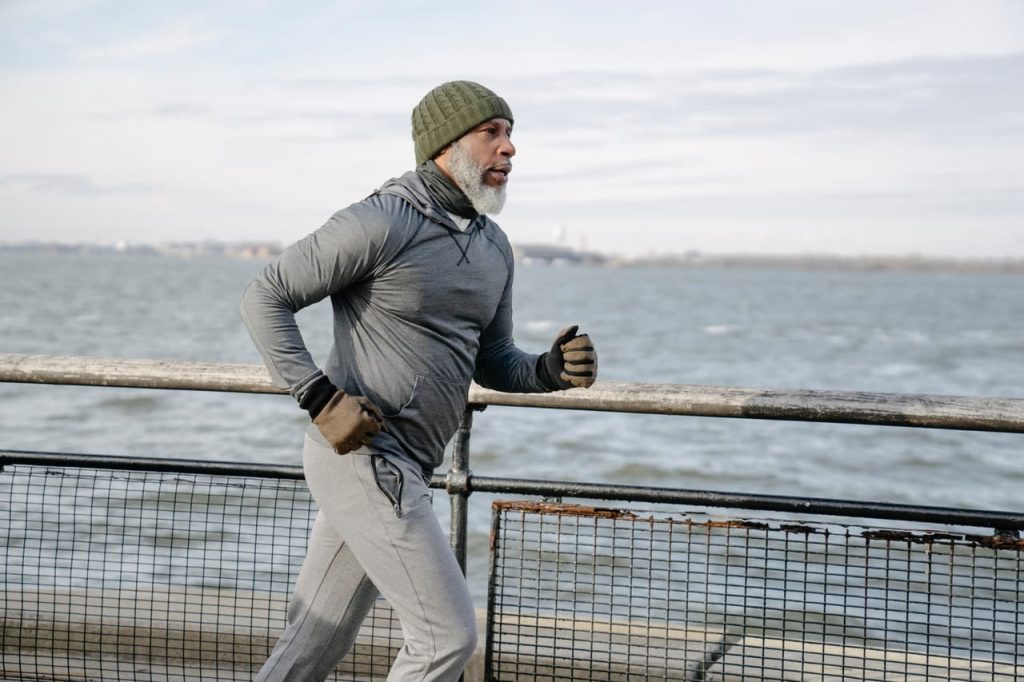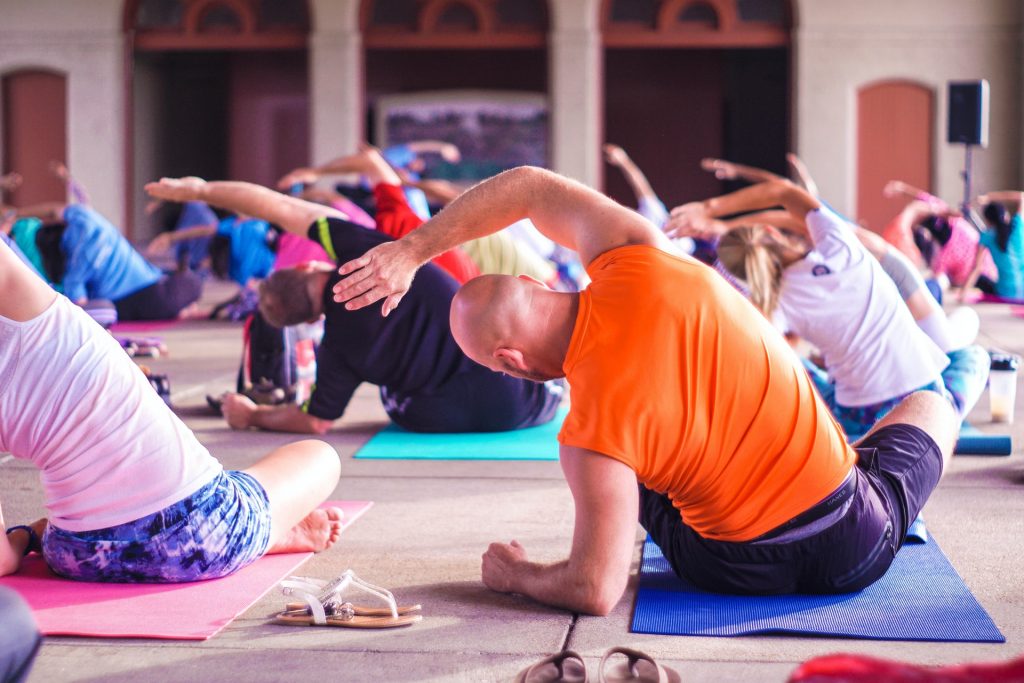When it comes to exercise, numerous studies around the world have proven conclusively that
Exercise not only reduces pain perception, but also has effects on mental health, such as mood elevation and reduction of stress and depression, which are often associated with chronic pain conditions.
Bement & Sluka, 2016
The difference between activity and exercise
Activity is the action required to perform day-to-day tasks. Exercise is focused action to achieve specific health benefits.
Although we know that exercise is always good for us, it’s particularly important when our joints become arthritic and weakened: cartilage needs joint movement to absorb nutrients and remove waste and we need strong muscles to give extra support to the problem joints.
Frequently, arthritis-sufferers stop exercising because of pain and, within a very short period, they begin to lose muscle mass. As a result, they often fall and incur fractures.
The benefits of regular exercise
- Reduces joint pain and stiffness
- Strengthens the muscles, ligaments, and cartilage around the joints
- Improves and maintains bone strength and quality
- Increases joint range of motion and joint mobility
- Improves balance
- Increases energy
- Helps to control weight
- Improves sleep
- Improves mental and emotional well-being
- Reduces stress, anxiety, and tension
- Reduces the risk of other chronic conditions
- Promotes stronger heart and lungs
- Lowers blood pressure and cholesterol
The different types of exercise
We need two different types of exercise to achieve these benefits:
- Cardiovascular: exercise that gets the heart thumping and the blood pumping.
- Muscle-strengthening: resistance exercise that make the muscles and tendons push and pull harder.
With both types we need to stretch before and after exercising.
Examples of cardiovascular exercises
Don’t forget that activities such as gardening, playing with pets or taking the stairs rather than the lift can also count as exercise. Below are examples of moderate exercise:
- Brisk walking
- Swimming
- Water aerobics
- Cycling
- Dancing
How to get started
If you’ve been inactive for a long time, it is wise to begin slowly and see how your body reacts. E.g., walk at a moderate pace for 10 minutes. If you cope easily with that, increase the time and then the speed.
It is quite natural for your muscles to feel “worked” if it’s been a long time since you exercised, but if your joints are still aching after an hour, it probably means you overdid it. Don’t be put off, rest for a day or two and then resume, but at a gentler pace.
How to set exercise goals
If we go about exercising in an ad hoc fashion, we will more than likely fall at the first obstacle. There are many excuses for not exercising: too tired, bad night’s sleep; too sore; weather (too hot, too cold); I don’t like exercising; I’m too busy…
Why do you want to embark on an exercise regime?
Not because you’ve “been told to” – it must be a genuine and personal reason, to ensure you will stick with the programme. Choose a type of exercise that you will find enjoyable and relatively easy. Once you’ve made yourself a commitment to help your joints through exercise, decide on a couple of small goals and be diligent in achieving them. Apart from helping your joints, you will get a good dose of dopamine (one of the “feel good” hormones, released on achieving a goal no matter how small).



